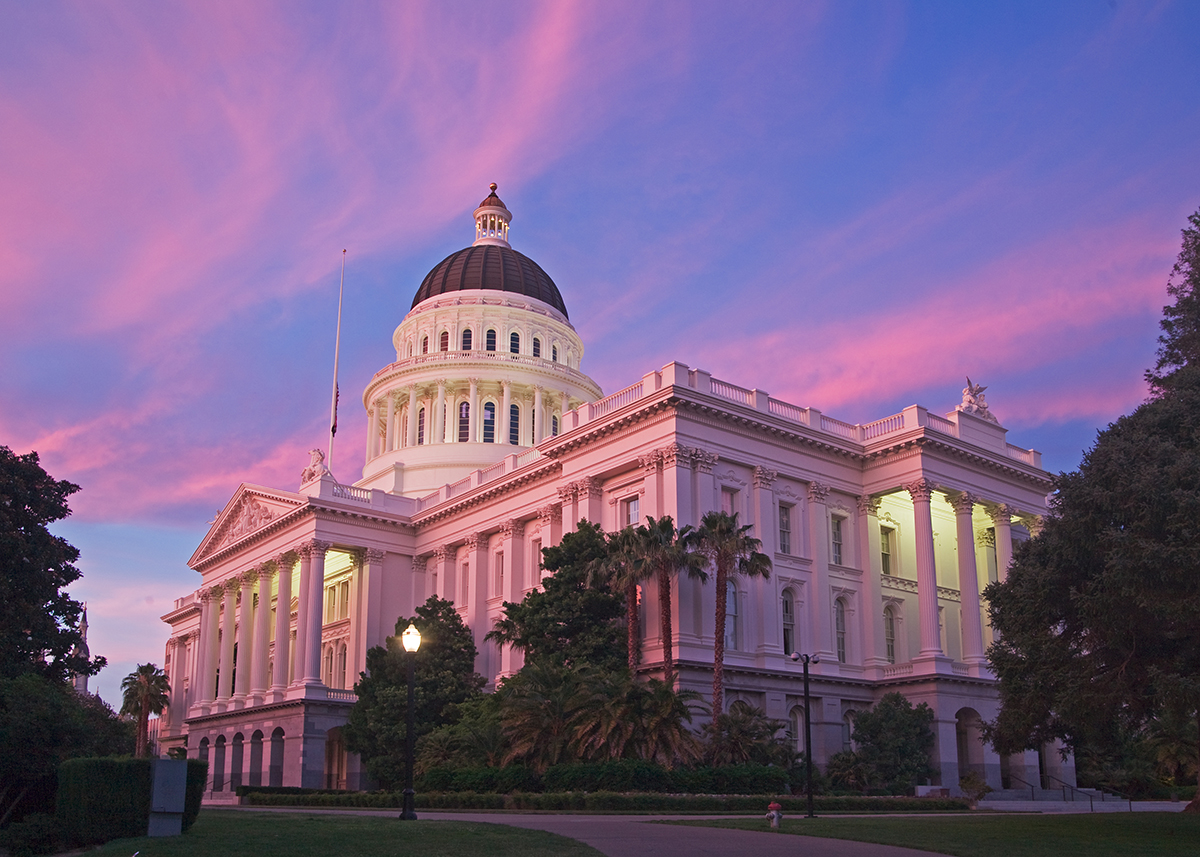By Kristy Wiese
Legislative Advocate
2021 kicks off a new, two-year legislative session in California. COVID-19 continues to dominate the environment and policy discussions. Although legislators returned to the Capitol to begin work on January 11 and floor session has been convening twice per week as usual, the Capitol remains closed to the public and only one staff person per member is allowed in the building at any given time. A handful of bills have been introduced but most legislation will not be in print closer to the February 19 bill introduction deadline, and legislation may be limited again this year due to COVID-19 time and logistics limitations. We anticipate seeing legislation that will directly impact NP practice, as well as the role of NPs in the healthcare delivery system. Capitol Advocacy reviews all introduced bills and sends those of interest to the CANP HPPC Committee for review and prioritization.
Governor Newsom released his proposed 2021-22 State Budget on Jan. 8; it contains significantly more spending compared to the 2020-21 Budget, largely due to a $26 billion windfall. The $227 billion Budget includes $4.5 billion in grants, tax credits and additional support for businesses impacted by COVID-19, a Golden State Stimulus totaling $2.4 billion which would provide $600 additional cash payments to low-income individuals, and $2 billion for school districts to incentivize elementary schools that return to in-person learning in February.
The Medi-Cal Program comprises the largest portion of the HHS budget and the caseload is projected to increase 11.7% from 2020-21 to 2021-22, covering 15.6 million Californians (almost 40% of the population). One of the broadest Medi-Cal related expenditures in the 2021-22 budget is funding to re-launch California Advancing and Innovating Medi-Cal (CalAIM), which is the Newsom Administration’s proposal to make broad payment and delivery reforms to the Medi-Cal managed care program. CalAIM implementation, originally scheduled for 2021, was postponed in 2020 due to COVID-19, so work will resume in 2021 for a projected Jan. 1, 2022 implementation date.
On a broader scale, vaccine planning and distribution continue to be the primary focus in California. On Jan. 26, the Newsom Administration announced a new COVID-19 vaccine delivery system in order to centralize and streamline allocation and distribution. Distribution of the vaccine will now be led by the Government Operations Agency, along with CHHS and CDPH. Blue Shield, with the assistance of Kaiser, will administer the vaccine program. There are three key changes:
- The state will continue to prioritize individuals in the current Phase and in Phase 1B, Tier 1 starting in mid-February (healthcare workers, followed by Californians age 65+, then teachers, farmworkers and first responders). However, the next priority will be age-based across all counties.
- The state is launching My Turn, which is a system to alert Californians when they are eligible to receive the vaccine and to report vaccination information into state data systems.
- A statewide vaccination administration network will be built, comprised of pharmacies, health systems, hospitals, pop-up and mobile sites and others with a focus on allocating through current "high-throughput” providers. The vaccine provider network will expand as vaccine supply grows.
Governor Newsom also lifted the regional stay at home orders in place throughout the state on Jan. 25, immediately reverting most counties back to the purple (strictest) tier for reopening under the Blueprint for a Safer Economy.
Beyond the vaccine and reopening, the effort to recall Governor Newsom is gaining steam. Proponents of the recall have gathered 1.3 million of the 1.5 million signatures to qualify the recall for the ballot. If it qualifies, a special election will be held later this year. Still, a recent PPIC poll found that 52% of California voters approve of Newsom’s performance, and the chances of a Democrat governor being recalled in this overwhelmingly blue state are slim.
CANP remains focused on successful implementation of AB 890, which was signed by Governor Newsom last September and allows nurse practitioners to practice independently. The Board of Registered Nursing has met several times to discuss implementation, including the establishment of the NP Advisory Committee. CANP will remain engaged in this process with the BRN throughout 2021.